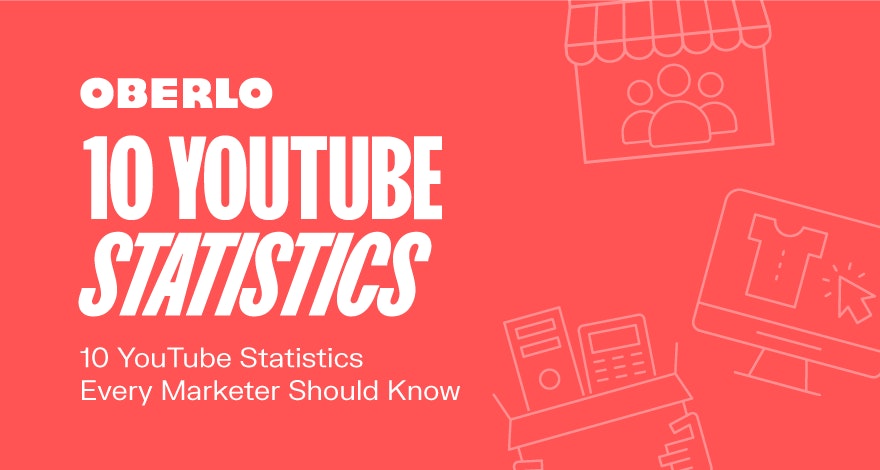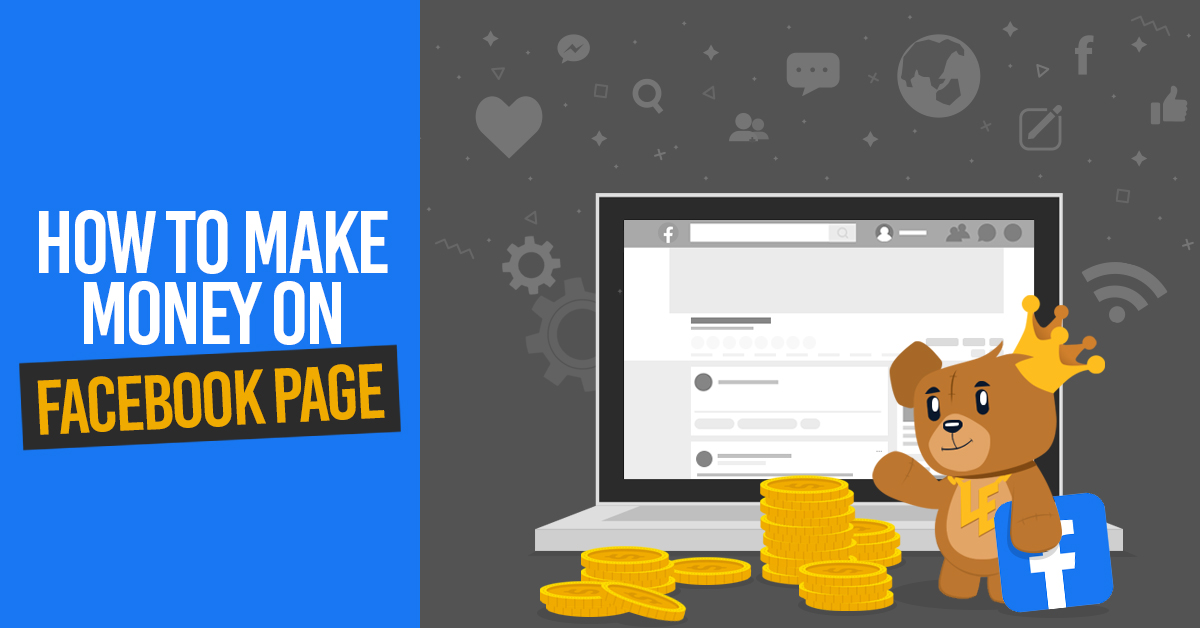
While header bidding was designed to combat the waterfall effect, some issues remain. All demand is simultaneously competing, but ad servers can still be separated into different tiers depending on their reliability, expected diminishing return, and business priorities. Also, changing ad servers is an expensive and inconvenient task and some advertisers may not be able to switch in the near future. Some advertising platforms might be better served if they combine header bidding and a single adserver.
Server-side header bidding

Header bidding must always be performed server-side to ensure effectiveness. Browsers typically have limited outgoing connections, which limits the number of connections a publisher can make to multiple partners. This can result in inefficient header-bidding auctions, as the publisher is able to connect with multiple partners simultaneously. It takes effort and time to manage browser compatibility issues. Publishers will see a greater ROI if they have server-side header bid.
There are many benefits to server-side header bidding. It can increase digital ad revenue by a significant amount. Header bidding, one of the most common ways to monetize online property, is a popular option. Despite its disadvantages, this method has already become a standard in the industry. And it has only been around for two years. Hamrin states that the practice has been adopted by more than 70% publishers. Is server-side header bidding more effective?
Infrastructure costs increasing
A recent study revealed that header bidding raises infrastructure costs up to 25%. This is due in large measure to the increase in calls to DSPs, exchanges by publishers and advertisers. To deal with the increased traffic, these companies need additional servers. Header bidding could result in doubled impressions and DSPs. This in turn results in little or no revenue.
Header bidding has its benefits, but there are also drawbacks. Header bidding requires more technical knowledge and requires dedicated teams to monitor and manage performance. It is also difficult to scale header bidding when it involves multiple demand partners or ad units. Because header bidding requires publishers to install SDKs (header bidding adapters) on their websites, it can cause infrastructure costs to rise.
Benefits from bidding for the first-price header

Publishers have a competitive advantage beyond Google's network by using first-price head bidding. It can help increase CPMs, by bidding for the highest impression bidder. It allows publishers set a floor cost for inventory, such as $1.50 CPM. They can also monitor the actual inventory value. This can help publishers avoid losing money on inventory that they can't sell.
Multiple DSPs, publishers and ad networks all have the opportunity to bid for the same ad inventory. All bidders have an equal chance of purchasing the ad slot, so the winning bidder will be the one offering the highest CPM. With header bidding, publishers gain access to all available inventory at once, and advertisers know exactly how much their partners are willing to pay for the ad inventory.
FAQ
What is the cost of advertising on social media?
You should be aware that social media advertising costs money. Based on the time spent on each platform, you will be charged monthly.
Facebook - $0.10 per 1,000 impressions
Twitter: $0.20 per 1,000 impressions (if your tweet is on Twitter)
If you send invitations, Linkedin: $0.30 per 1,000 impressions
Instagram - $0.50/1000 impressions
Snapchat - $0.60 per 1,000 impressions ($0.40/user)
YouTube - $0.25 for 1,000 views
Tumblr: $0.15 per 1,000 impressions of text posts
Pinterest - $0.05 per 1,000 impressions per month
Google + - $0.15 - $0.20 per 1 Million Impressions
Tumblr- $0.15-$.20 for 100,000 impressions
Vimeo – $0.20- $0.25 Per 10,000 Impressions
Soundcloud: $0.20-$0.25 Per 1 Million Plays
StumbleUpon - $0.20 -$0.25 per 1 billion pageviews
Digg: $0.20 – $0.25 per 1,000 diggs
Reddit – $0.20-$0.25 Per 1000 Comments
Wordpress $0.20-$0.25 per 500 Comments
Flickr - $0.20 -- $0.25 per 5,000 photo uploads
What is an advertiser buyer?
Advertising space is purchased by an advertiser on TV, radio and printed media.
An advertiser pays for the time they want their message to appear.
They do not always look for the best ads, but are looking for the most effective to reach their target audience.
Advertisers may have demographic information such as the age, gender, marital status, income level, occupation, hobbies, and interests of their customers.
The advertiser can use this data to determine which medium will work best for them. They may decide that direct mail works better with older people.
Advertisers also check out the competition. Advertisers will look at the competition to see if similar businesses are nearby.
Advertisers also need to consider their budget size and how long they will spend it before it expires.
Advertising is what?
Advertising is an art form. Advertising is more than selling products. It's about creating emotional connections between people and brands.
Advertising is about storytelling and using images to communicate ideas.
Communicating clearly and persuasively is key. You must tell a story that is relatable to your target market.
Advertising is different than other communication methods, such as writing or public speaking.
When you create a winning ad campaign, it is creating your brand identity.
This is how memorable you can be. People want to remember you.
What is affiliate market?
Affiliate marketing allows you to make money by referring people to other websites that sell products or services. You get paid by the product owner when someone buys from them.
Affiliate marketing relies on referrals. People don't need to do anything to purchase from you. All they have to do is to refer them the website.
There are many ways to make money, without having to do any selling. Selling is as easy as buying.
Even affiliate accounts can be set up in just minutes.
Referring as many people as possible will increase your commission.
There are 2 types of affiliates.
-
Affiliates who own their websites
-
Affiliates who work in companies that offer products or services.
What do you need to know about television advertising?
Television advertising is an extremely effective medium for reaching many people at once. It was also extremely expensive. However, it can be powerful if you use the device correctly.
There are many different types of TV ads, but they all have certain common characteristics. It is important to make sure that your TV ad fits into the appropriate category. You shouldn't attempt to make a lifestyle commercial the same as a product ad. Your message should be consistent across the entire campaign.
It is important to remember that ads are best aired during prime-time. This is because TV viewers often relax while in front of the screen. They should be able to concentrate on what you are saying.
Finally, just because you've a lot of money doesn't mean you'll get great results. Actually, it could be the contrary. According to a University of California study, commercials that aired on popular TV shows had lower sales than those that aired on unpopular programs. It is important to do the right thing if your TV advertising budget is large.
What should you know about printing advertising?
Print advertising is a great medium to communicate with customers. Print advertising is used by many companies to promote their products and services. It is designed to attract the attention of the customer.
Print ads are usually one-page long. They contain text, images, logos, and any other graphics. These ads may include sound, animation and video as well as hyperlinks.
The main types of print advertisements are classified as follows:
1. Brochures – These are large format printed pieces that are intended to draw people into stores. They are often filled with colorful images and catchy designs.
2. Catalogues are smaller versions than brochures. They are sent to customers who have requested specific information.
3. Flyers - These are small pieces of paper distributed at events such as concerts and fairs. They are generally free but must be paid for if they are handed out at retail outlets.
4. Posters - These flyers can be larger than the ones you see on the flyer. They can be displayed on fences, walls, or buildings. They are typically created using computer software programs that aim to attract the attention of passersby.
5. Direct mail: These are postcards or letters that are sent directly by post to potential customers. These are sent to customers periodically by businesses to remind them about their business.
6. Newspaper Ads are placed in newspapers and magazines. They are usually quite long and contain both text and images.
What is an Ad Campaign?
Advertising campaign refers to a series of advertisements intended to promote a product. It can also refer to the whole production of such ads.
The term "ad" comes from the Latin word for "to sell." Marcus Terentius Varro (116–27 BC) was the first person to use it. It meant "to sell".
Advertising campaigns are usually done by large companies and agencies. Many media types can be used in these campaigns, including television, radio and print.
Advertising campaigns last several months and are usually focused on specific goals. Campaigns can be targeted at increasing awareness or sales, for example.
Statistics
- In 1919 it was 2.5 percent of gross domestic product (GDP) in the US, and it averaged 2.2 percent of GDP between then and at least 2007, though it may have declined dramatically since the Great Recession. (en.wikipedia.org)
- This means that at least 50% of an ad needs to be shown on the screen for at least one second. (quicksprout.com)
- Worldwide spending on advertising in 2015 amounted to an estimated US$529.43 billion. (en.wikipedia.org)
- It's 100% reliant on your website traffic. (quicksprout.com)
External Links
How To
How to place ads on your site
Advertising is an integral part of every business. They help you reach potential customers and keep them coming back for more.
Advertising allows you to promote your products without spending any money.
You can use Google Adsense to display text and image advertisements on your blog, website, forum, or other online content.
Google Adsense gives you the opportunity to make revenue from every click on any ad link displayed on your site. To set up your ads, you don't need to code anything.
To get started, just sign up for a free account at www.google.com/adsense. Then follow these steps:
-
The Ad Builder tool allows you to create your ads. The tool lets you create different ads, including text, images, video, and interactive ads.
-
Once you have created your ads you will need to upload them into your AdSense account. Click "Upload" in the left-hand navigation to do this.
-
Next, add keywords that are related to your product/service so your ads show up in search results relevant for your niche.
-
Finally, copy and paste your ads into the appropriate areas of your website. Once you have done this, your ads will be automatically loaded onto the site.
-
When visitors click on one of your ads, they'll be directed to another page on your site where they can purchase your products and services.
-
When someone clicks on an AdSense ad, earnings are transferred to your AdSense account.
-
Go to the My Account tab, located at the top of the AdSense dashboard. There you will find reports detailing the performance of your ads.
-
You can also download your earnings in a CSV file.
-
If you want to increase your earnings, you can make changes to your ads or change your target audience.
-
You can also pause and delete your ads at any moment.
-
For any questions or concerns, you can contact us.